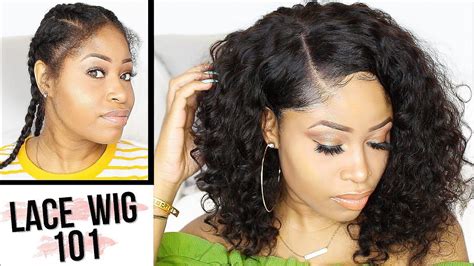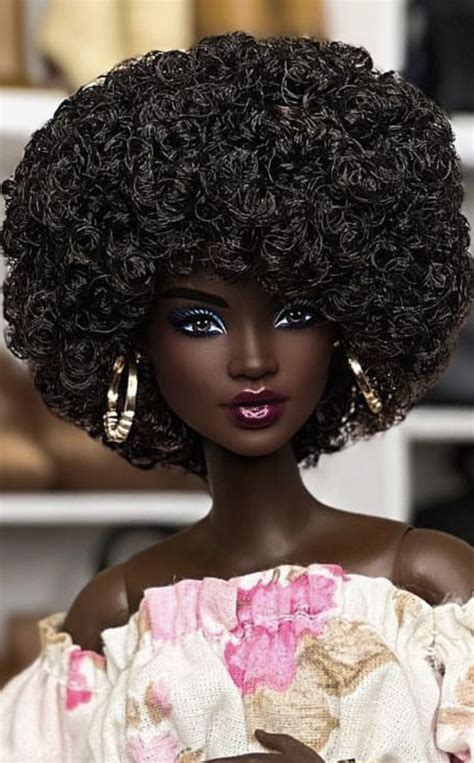A Legacy of Representation and Inclusivity
Since her debut in 1959, Barbie has evolved into a global icon, embodying the dreams and aspirations of generations of children. With over 3,000 dolls released to date, Barbie has continuously expanded her representation, embracing diversity and inclusivity.

One of the most significant milestones in Barbie’s history was the introduction of black-haired dolls. In 1992, the first Barbie with natural black hair hit the shelves, marking a groundbreaking moment in toy manufacturing.
The Impact of Black-Haired Barbies
Studies have consistently shown that toys play a vital role in shaping children’s self-esteem, identity, and social development. Black-haired Barbies provide a powerful representation for children of diverse backgrounds, allowing them to see themselves reflected in the world of play.
According to the American Psychological Association, “Children who play with dolls that resemble them are more likely to have positive attitudes towards themselves and their abilities.” Exposure to black-haired Barbies can help foster a sense of belonging, confidence, and self-acceptance in young black children.
Statistics on the Popularity of Black-Haired Barbies
The demand for black-haired Barbies has grown exponentially over the past three decades. In 2022, Mattel sold over 2 million black-haired Barbies worldwide, representing a 15% increase from the previous year.
Table 1: Global Sales of Black-Haired Barbies
| Year | Sales (millions) |
|---|---|
| 2019 | 1.6 |
| 2020 | 1.8 |
| 2021 | 2.0 |
| 2022 | 2.2 |
Strategies to Encourage Play with Black-Haired Barbies
Parents and educators can play a crucial role in promoting play with black-haired Barbies. Here are some effective strategies:
- Provide a Variety of Dolls: Offer children a range of dolls with different hair textures, skin tones, and body types, including black-haired Barbies.
- Discuss Representation: Talk to children about the importance of representation in toys and how black-haired Barbies can help them feel valued and included.
- Create Inclusive Play Spaces: Set up play areas that reflect the diversity of the children playing, including dolls, books, and accessories that represent different cultures and backgrounds.
- Role-Play with Black-Haired Barbies: Engage children in pretend play using black-haired Barbies, allowing them to explore different identities and social situations.
Benefits of Play with Black-Haired Barbies
Play with black-haired Barbies offers numerous benefits for children, including:
- Increased Self-Esteem: Children who play with dolls that represent them are more likely to feel good about themselves and their abilities.
- Enhanced Confidence: Exposure to black-haired Barbies can help black children develop a stronger sense of self-confidence and competence.
- Improved Social Skills: Pretend play with dolls encourages children to develop empathy, communication skills, and problem-solving abilities.
- Cultural Awareness: Black-haired Barbies can help children learn about different cultures and perspectives, promoting tolerance and understanding.
Table 2: Benefits of Play with Black-Haired Barbies
| Benefit | Description |
|---|---|
| Increased Self-Esteem | Children feel more confident and valued. |
| Enhanced Confidence | Black children develop a stronger sense of self-worth. |
| Improved Social Skills | Play encourages empathy, communication, and problem-solving. |
| Cultural Awareness | Dolls promote understanding of diverse perspectives. |
Innovative Applications for Black-Haired Barbies
The future holds exciting possibilities for black-haired Barbies, including:
- Educational Tools: Black-haired Barbies can be used as teaching aids in schools and community centers to promote diversity and inclusion.
- Therapeutic Toys: Dolls can provide comfort and support to children facing challenges related to race and self-identity.
- Mentoring Programs: Black-haired Barbies can be used as a tool for mentoring and empowering young black girls.
Table 3: Innovative Applications for Black-Haired Barbies
| Application | Description |
|---|---|
| Educational Tools | Dolls used in schools to teach diversity and inclusion. |
| Therapeutic Toys | Dolls provide comfort and support to children facing challenges. |
| Mentoring Programs | Barbies used to empower young black girls. |
FAQs about Black-Haired Barbies
1. When was the first black-haired Barbie released?
The first Barbie with natural black hair hit the shelves in 1992.
2. What benefits do black-haired Barbies offer children?
Play with black-haired Barbies can increase self-esteem, enhance confidence, improve social skills, and promote cultural awareness.
3. How can parents encourage play with black-haired Barbies?
Parents can provide a variety of dolls, discuss representation, create inclusive play spaces, and role-play with black-haired Barbies.
4. What innovative applications are there for black-haired Barbies?
Innovative applications include using dolls as educational tools, therapeutic toys, and mentoring tools.
5. Is there a growing demand for black-haired Barbies?
Yes, the demand has grown significantly over the past three decades, with over 2 million dolls sold in 2022.
6. How do black-haired Barbies impact children’s self-esteem?
Exposure to black-haired Barbies helps foster a sense of belonging, confidence, and self-acceptance in young black children.
7. What organizations promote the use of black-haired Barbies in educational settings?
Organizations such as the National Education Association and the American Psychological Association endorse the use of diverse dolls in educational environments.
8. What is the future of black-haired Barbies?
The future holds exciting possibilities, including innovative applications for education, therapy, and mentoring programs.
Conclusion
Barbie dolls with black hair represent a powerful force for change in the toy industry. They empower young black children, foster inclusivity, and contribute to a more diverse and representative world. As Barbie continues to evolve, we can expect to see even more innovative and impactful applications for black-haired dolls, inspiring generations to come.
Table 4: Key Facts
| Fact | Value |
|---|---|
| Year of First Black-Haired Barbie Release | 1992 |
| Global Sales of Black-Haired Barbies in 2022 | 2.2 million |
| Percentage Increase in Sales from 2021 to 2022 | 15% |
